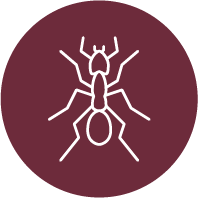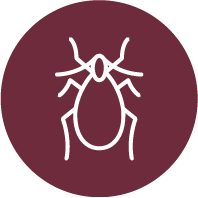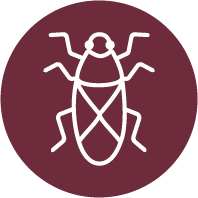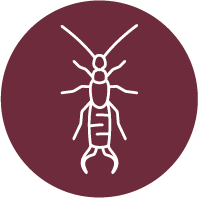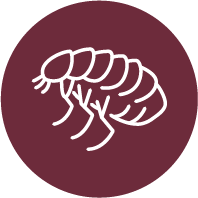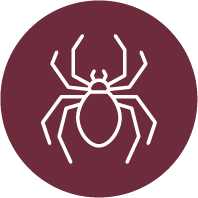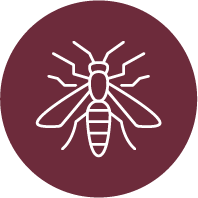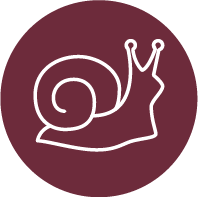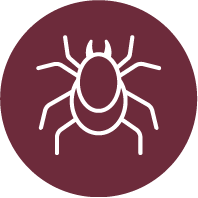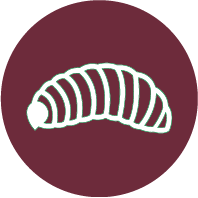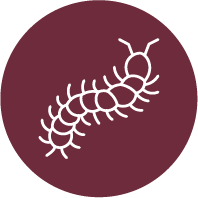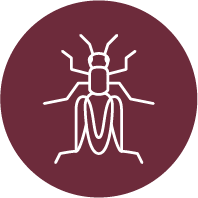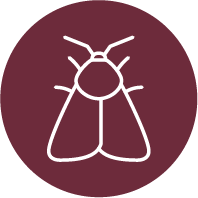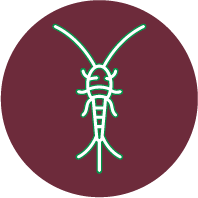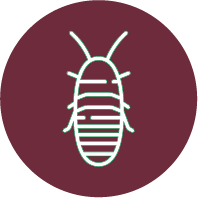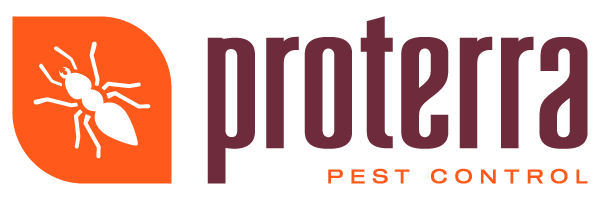Library of Pests
Ants
Ants are one of the most common insects found in households, often living in and around kitchens and bathrooms. They are highly social pests and work as a colony in conjunction for their mutual benefit. Ants have an impressive ability to locate food resources, often trailing cracks in search of food sources.
Boxelder Bugs
Boxelder bugs are often found in large numbers and can be a nuisance to homeowners since they can sometimes enter houses in search of food or shelter. These bugs feed on the female boxelder tree's seeds, as well as other plants such as ash trees and maple trees. Boxelder bugs are primarily black and outlined in an orange-red color.
Earwigs
Earwigs may look intimidating due to their size and unique pincers, but they pose no real threat to humans. They do bite when disturbed, but the bites are not venomous and rarely cause any harm. While earwigs can live in a variety of environments, they prefer moist areas like gardens, mulch beds.
Spiders
Spiders are eight legged creatures. Tthey have what are called spinnerets which are used to produce silk (located on their abdomen). Spiders can be found in gardens and lawns as well as inside our homes. Some spider species pose no threat to humans while others may bite and produce harmful symptoms.
Wasps
Wasps are a major nuisance during the summer months, as they can gather in large numbers near homes and outdoor recreational areas and are stinging insects. Wasps often build paper nests in trees or shrubs that hang over your roof or other parts of your home, as these provide ideal nesting locations.
Spider Mites
Spider mites are a common pest problem for many plants and can cause serious damage if left untreated. They feed by sucking the sap from leaves, which causes them to become dry and discolored. The most common signs of spider mite damage are yellow or brown spots on leaves and stems. These spots may also appear as small silken webs.
Weevil Larva
Weevil larva are known for their ability to burrow into grains and seeds, consuming them from the inside. This hidden feeding habit allows them to remain largely undetected until the damage is extensive. Weevil larva are memorable for the significant crop or pantry losses they can cause once they mature. They are primarily found in areas where cereals, dried goods, or other stored products provide an abundant food source.
Crickets
Crickets are known for their hind legs that enable them to jump considerable distances due to their large size. This allows them to stay mobile and active. Crickets are memorable for their scratching sound, which is made by rubbing their front wings together. They are primarily found in areas with mulch, for example, in flower beds.
Clover Mites
Clover mites are tiny, reddish-brown arachnids commonly found in gardens, lawns, and on the exterior walls of buildings, especially during warm weather. Though harmless to plants, they can sometimes invade homes in large numbers, leaving behind stains and a noticeable presence in indoor spaces.
